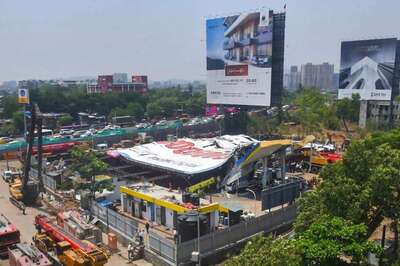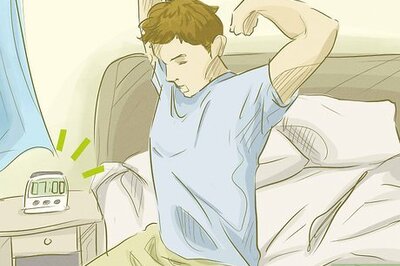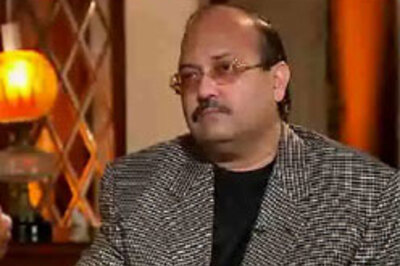
views
New Delhi: In a strong indictment of the popular perception that madrassas attracts many Indian Muslims, the Sachar report says barely three per cent of the community's children study in the seminaries.
An investigation into the "Social, Economic and Educational Status of Muslim Community of India" says that the number of madrassa attending students is much less than commonly believed.
Figures from the National Council for Applied Economic Research (NCAER) "indicate that only about four per cent of all Muslims students of the school going age group are enrolled in madrassas."
"At the all-India level this works out to be about three per cent of all Muslim children of school going age," the study shows.
"The NCAER data is supported by estimates made from school level NCERT (National Council for Educational Research and Training) data: which indicates a somewhat lower level of 2.3 per cent of Muslim children aged 7-19 years who study in madrassas. The proportions are higher in rural areas and among males."
According to the report authored by former Delhi high court chief justice Rajinder Sachar and placed in Parliament, it is often believed that a large proportion of Muslim children study in madrassas, mostly to learn the religious discourse and to ensure the continuation of Islamic culture and life.
"A persistent belief nurtured, in the absence of statistical data and evidence, is that Muslim parents have a preference for religious education leading to dependence on madrassas," says the 404-page exhaustive report, dealing at some length on the educational status of Muslims.
"It is also argued that education in madrassas often encourages religious fundamentalism and creates a sense of alienation from the mainstream," it says, adding that this is not backed by facts.
One reason for the misconception, the report says, is that people do not distinguish between madrassas and maktabs.
"While madrassas provide education (religious and/or regular), maktabs are neighbourhood schools, often attached to mosques, that provide religious education to children who attend other schools to get 'mainstream' education," the report says.
"Thus maktabs provide part time religious education and are complementary to the formal educational institutions," it clarifies.
The report says that in Kerala for instance more than 60,000 Muslim students study in both 'mainstream' institutions and maktabs at the same time.
"Since private and Government-aided schools do not teach Urdu adequately, children have to be taught to read the scriptures at home. Some children are taught to read the Holy Quran by their parents, relatives or by private tutors," the report points out.
"In many cases, especially in low and medium income families, parents do not have the time or ability to teach their children themselves. Micro level studies show that such parents admit their children to maktabs, in addition to secular schools. In such cases, the children study in two schools."
The report adds that madrassas, besides providing religious education, have also contributed towards the general education of Muslims.
"Very often one finds that madrassas have indeed provided schooling to Muslim children where the state has failed them. Many children go to madrassas and thereby acquire some level of literacy/education when there is no school in the neighbourhood. This effort needs to be recognised."


















Comments
0 comment